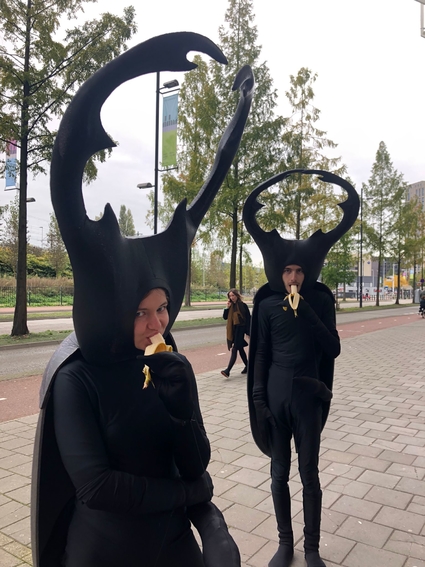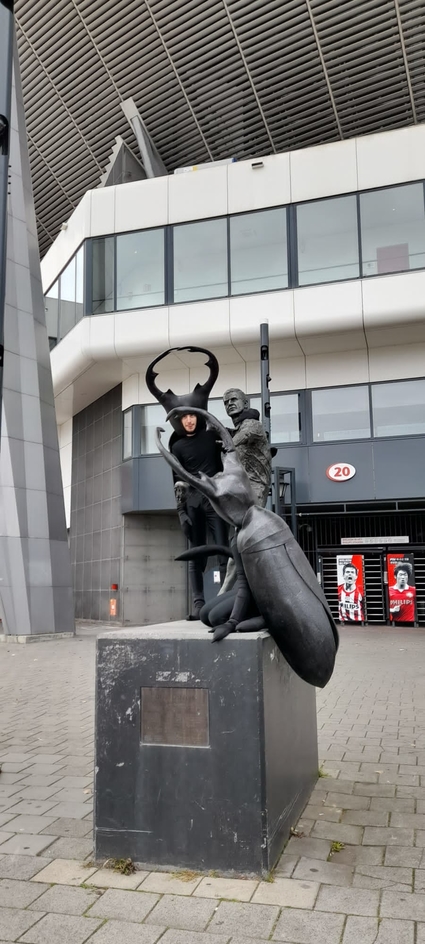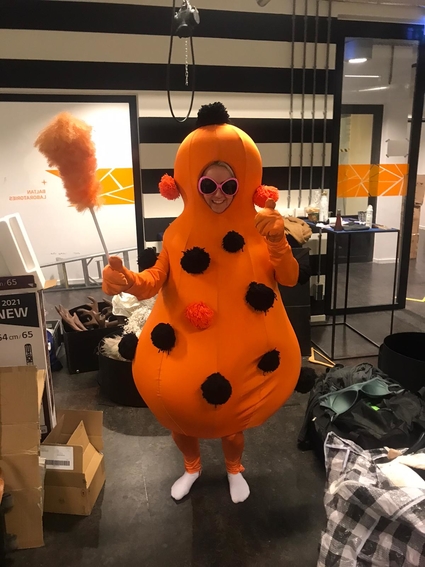Project Description
Our work is a process-based exploration of disturbance and arrythmia as methods for uncovering the rhythms that are imposed onto daily life. Our interventions depend on the rhythms we find; arrythmia is deployed in accordance (or discordance) with the particular expectations of a space. Once we identify a rhythm, we ask what happens when it is interrupted, and then see for ourselves.
Sidewalks, for example, are spaces of traversal – walking, in a speed that is in sync with other walkers, is a rhythmic act. Museums, too, are highly rhythmic places: standing, walking and looking are established practices interwoven into the performance of “order”. Under current progress regimes, these rhythms facilitate productivity and convenience; they discourage individuality and transform dwelling into “loitering”, an act still illegal in many jurisdictions.
To exemplify our disruptive intention, here are some ideas:
Crowded spaces depend on footsteps of a certain frequency to allow for traversal.
- What happens when a group of 10 plays duck-duck-goose on busy, busy Oosterdok?
- How do people – or perhaps the police – react to a candlelight dinner in front of a metro station at rush hour?
Museums have art, people come to look at it.
- Is art allowed to enter a museum? Can we enter a museum wearing a costume?
- How long are we allowed to play a game of Twister on the museum floor?
Representatives of institutions determine our trustworthiness based on external and visual cues.
- Are we allowed to open bank accounts in beetle costumes?
Implicit rules are expected to be clear to everyone; they are deep rhythms whose internalization is requested.
- What happens if we ask “why” when being handled by authorities – why are you stamping my passport, why are you checking my ticket? Our process of learning can be documented via film, photo and text.
Arrythmia and Disturbance as Methods
While our methodology will be enacted in public, embedded in urban space throughout the Netherlands, our findings can be shared afterwards in an exhibition of photos, videos and text that document our work. In this project, our main goals are testing and demonstrating arrythmia as a methodology; this could serve as a foundation for further developments down the line including workshops on how to apply disruption in order to reveal rhythms that are associated with particular issues or political aims.
But we are careful when we use the word “disruption” – it is not usually a word with exclusively good connotations. When we say “disruption”, we follow the valuation of those whose rhythms we disrupt. At the same time we believe that rhythm, not arrythmia, can be a disruption to the lives of those who refuse to or simply cannot participate in the way others seemingly do. This can be humans who choose to live differently or who are neurodivergent. It can also be animals like dogs, whose owners make every attempt at making their pets fit into human life.
Possible ways to expand the project
We like the idea of offering a seminar that provides participants with theoretical underpinnings of claiming your Right to the City – originally an idea by Marxist scholar Henri Lefebvre –, and lets participants come back to reflect on their experiences after exploring the rhythms they themselves are subject to. We would like to foster the understanding of cities as common – not just public – spaces that are there to be used and appropriated.
Personal Introduction
René is an artistic researcher at Fine Arts Institute Leipzig currently working on the spatial experience of fear. This has absolutely nothing and everything to do with his interests as a graduate student at the University of Amsterdam: here, he unfolds the worlds that humans and yeast construct when they brew beer together.
Avery is a graduate student at the University of Amsterdam focusing on the emotional exeriences of queer migrants as they form community, and whether these communities can be conceptualised as sites of shared transformation.
René and Avery first volunteered for Mediamatic at the Inhuman Carnaval at Dutch Design Week 2021, where they performed in Studio Nepco’s costumes.
Estimated costs
Costs are hard to estimate and depend on how big the disruption is. Numbers rhythmise – appreciation? worth? value? need? The numbers stated below are fairly random and will, at most, be the basis for a negotiation.
Artist fee René: 300€?
Artist fee Avery: 300€?
Donation to Costume designer: 100€?
Material Cost: depends
This proposal is part of the 'Penny for your Thoughts' project 2022.


